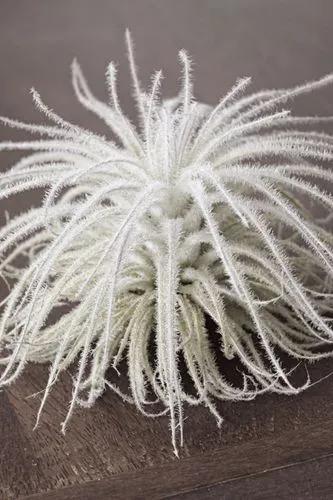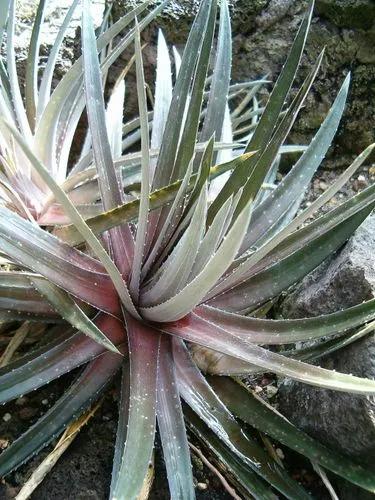Native to Mexico, Guatemala, Belize, El Salvador, Honduras, Nicaragua, Costa Rica, Panama, Leewards, Puerto Rico, Windwards, Trinidad & Tobago, French Guiana, Surinam, Guyana, Venezuela, Colombia, Ecuador, Peru, Bolivia and Brazil in wet montane forests high in trees at elevations of 500 to 1000 meters, as a medium to large sized,.
Epidendrum Ciliare Care
Epidendrum Ciliare



How to Care for the Plant

Water

Epidendrums need regular watering to flourish, but their roots do prefer to dry out properly in-between times. In the warmer months, they'll need watering at least once a week and possibly more frequently. In the cooler months, you won't need to water so often. Only opting for once a fortnight or every few weeks watering during this time may even help to encourage more healthy bud growth. As with all orchids, it's all about getting the right balance. They won't appreciate being allowed to get dehydrated or being left waterlogged. It's also important to water in the morning, to prevent stagnation.

Pruning

You can remove the old flower spikes and stems by snapping or cutting them at the base of the plant. Although pruning is not necessary for re-blooming. Often the flower stalk will bloom again in a couple of months.

Fertilizer

Fertilize with orchid food every two weeks and water about once per week.

Sunlight

These plants thrive in strong light, but direct sunlight can burn orchids. Bright, indirect light from an eastern or southern window is ideal. Leaf color is a good indicator of the amount of light an orchid is getting: Bright green leaves indicate a happy, healthy plant.

Soil

The most important attributes for orchid soil are aeration and drainage. Orchids don't have the same type of roots as other houseplants. If the roots are left in moisture for any length of time, they will rot. While orchids love moisture, a little goes a long way.

Temperature

Orchids prefer daytime temperatures of 75 °F or more and nighttime temperatures of 65 °F or more. In winter time, this is not always practical to achieve temperatures quite this warm; however, efforts need to be made to not allow blooming orchids to be exposed to temperatures significantly colder than this.

Container

Woven plastic or fiber pots most closely resemble how many orchids grow in nature. These basketlike containers loosely hold orchid roots and potting media, allowing air and water to easily pass through. Mesh pots are best in humid environments to ensure plants do not dry out too quickly.

Additional

Therefore, it's a good idea to keep all orchids out of reach of your child.

Popularity

33 people already have this plant 8 people have added this plant to their wishlists
Discover more plants with the list below
Popular articles






